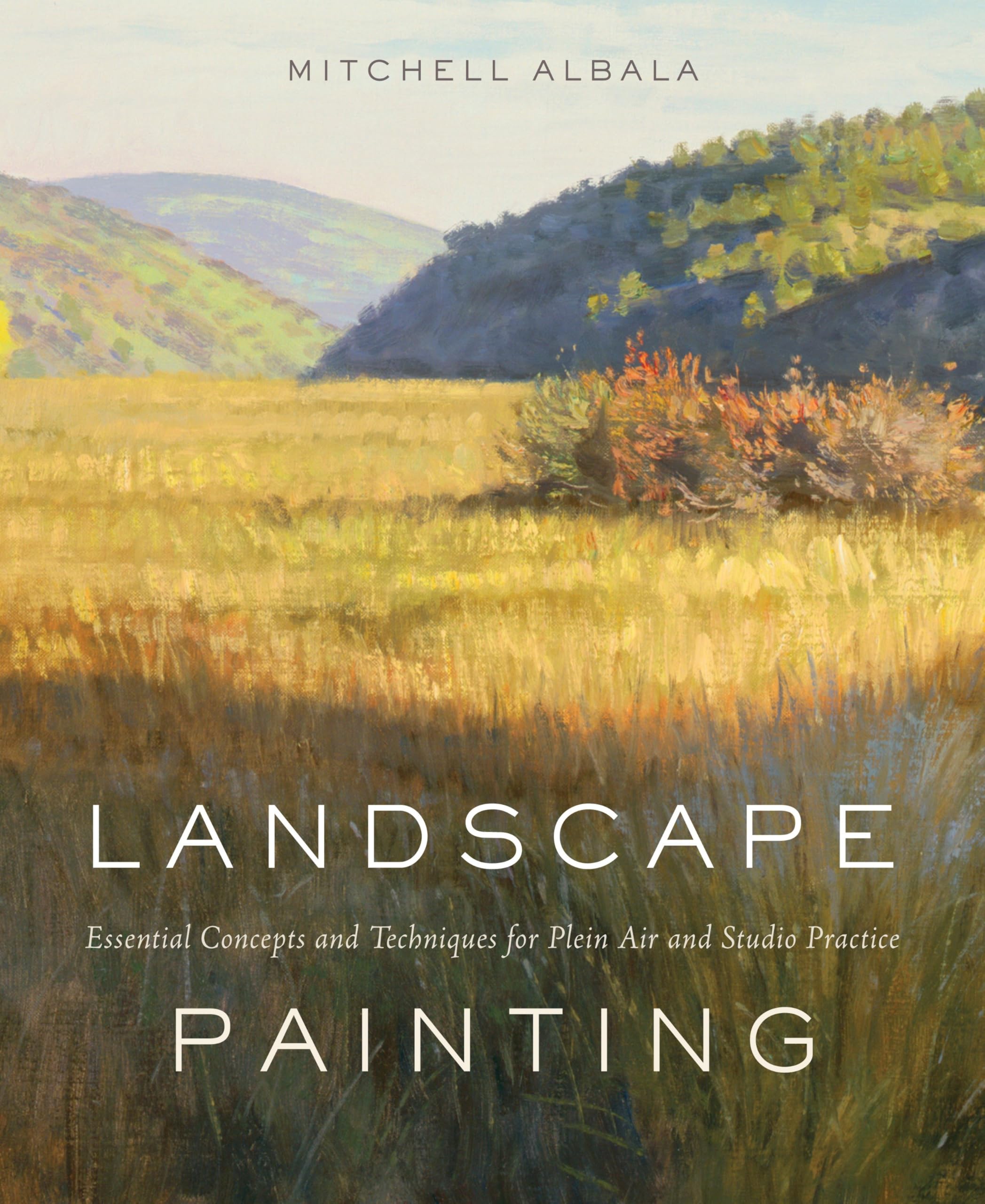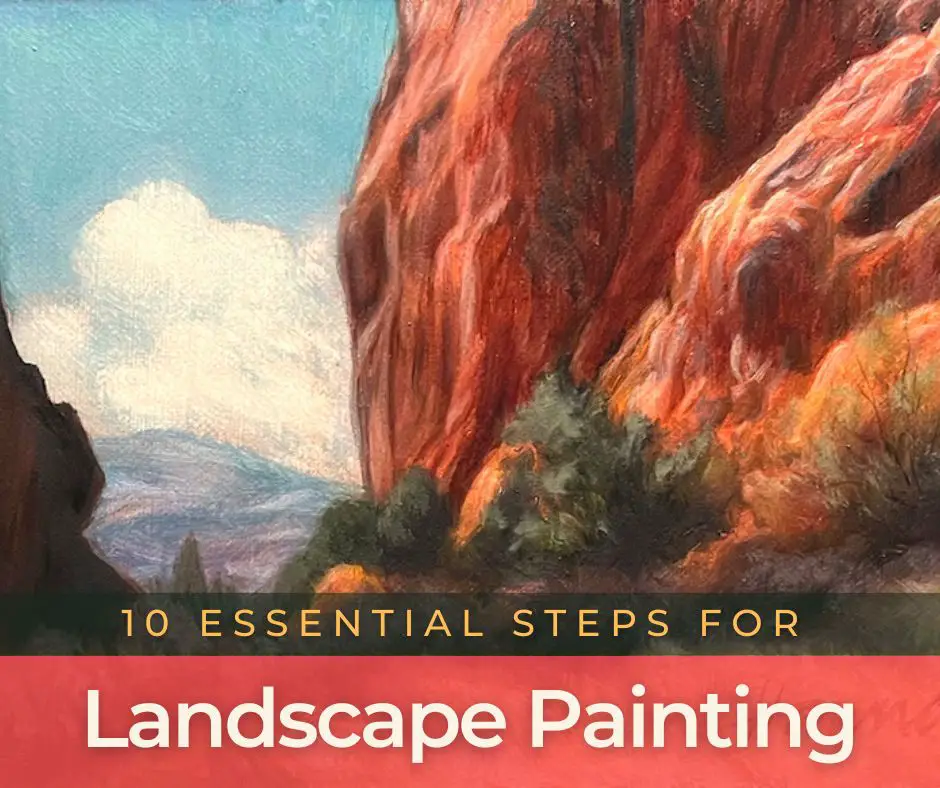My Dive into American Landscape Painting
So, I got this idea in my head a little while back. I’ve always been drawn to those big, impressive paintings of American landscapes. You know the ones – vast mountains, wide rivers, dramatic skies. I figured, hey, maybe I could try painting something like that. It looked straightforward enough from a distance. Just some nature scenes, right? How hard could it be?
Well, let me tell you, it was a lot harder than I thought. My first step was just to grab some paints and a canvas. I thought I’d just, you know, paint a nice mountain. Big mistake. My mountain looked more like a lumpy brown blob. And the sky? Don’t even get me started on trying to get those clouds to look fluffy and not like weird grey smudges. It was a mess. I quickly realized this wasn't just about slapping some paint on a canvas.
That’s when I actually started looking at the paintings I admired. I mean, really looking. I pulled up images of works by artists like Albert Bierstadt and Thomas Cole – those Hudson River School guys. Their stuff is incredible. I spent hours just staring at the details, trying to figure out how they got that light, how they made the trees look so real, and how they created such a sense of depth. It was like a whole new world opened up.

Here’s what I started to notice:
- The Light: Man, they were masters of light. The way sunlight would break through clouds or hit the side of a mountain – it wasn’t just yellow paint. It had a glow.
- The Scale: A lot of these paintings are huge! They really wanted you to feel like you were standing right there, looking out at this massive, wild landscape. My little 12x16 inch canvas suddenly felt very inadequate.
- The Detail: From tiny figures in the foreground to the texture of rocks and leaves, the amount of detail was mind-blowing. It wasn’t just a quick sketch; these were serious undertakings.
- The Feeling: More than just painting a pretty picture, it felt like they were trying to capture a certain feeling about America – its wildness, its beauty, its promise. Some paintings felt really epic and grand, others more quiet and peaceful.
My own attempts continued to be, well, humbling. I tried different brushes, watched some tutorials online (though none of them could magically give me talent, unfortunately). I learned that mixing the right greens for foliage is an art form in itself. And trying to get perspective right so your mountains don't look like they're about to fall on your tiny trees? Yeah, that’s a challenge.
What I really took away from this whole experiment wasn't a masterpiece of my own. Far from it. My best attempt probably wouldn't even make it onto a refrigerator door. But what I did gain was a massive appreciation for the skill and vision of those American landscape painters. I used to just walk past those kinds of paintings in museums, giving them a quick glance. "Oh, nice trees," I'd think, and move on.
Now, I stop. I look for how they used light. I try to see the layers. I think about how long it must have taken them. It’s not just about technical skill, either. It’s about how they saw the world around them and how they wanted to share that vision. It makes you think about what those landscapes represented to people back then, often a sense of newness, of untamed wilderness, and maybe even a bit of national pride.
So, yeah, my journey into making American landscape painting was a bit of a flop. But my journey into understanding and appreciating it? That was a huge success. I still have the paints, though. Maybe one day I’ll try a very, very small tree. We’ll see.













